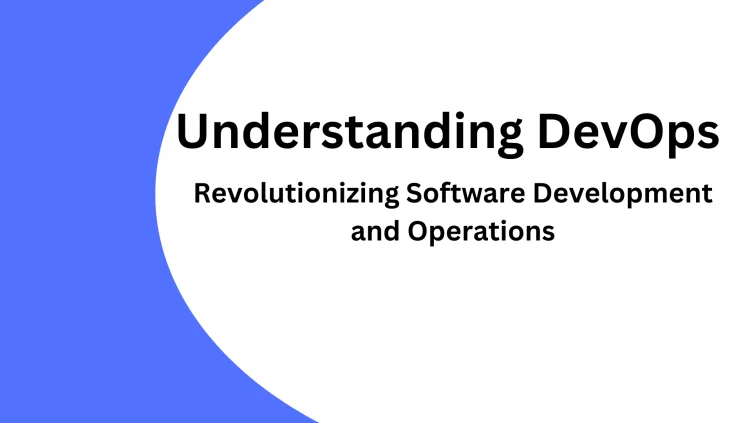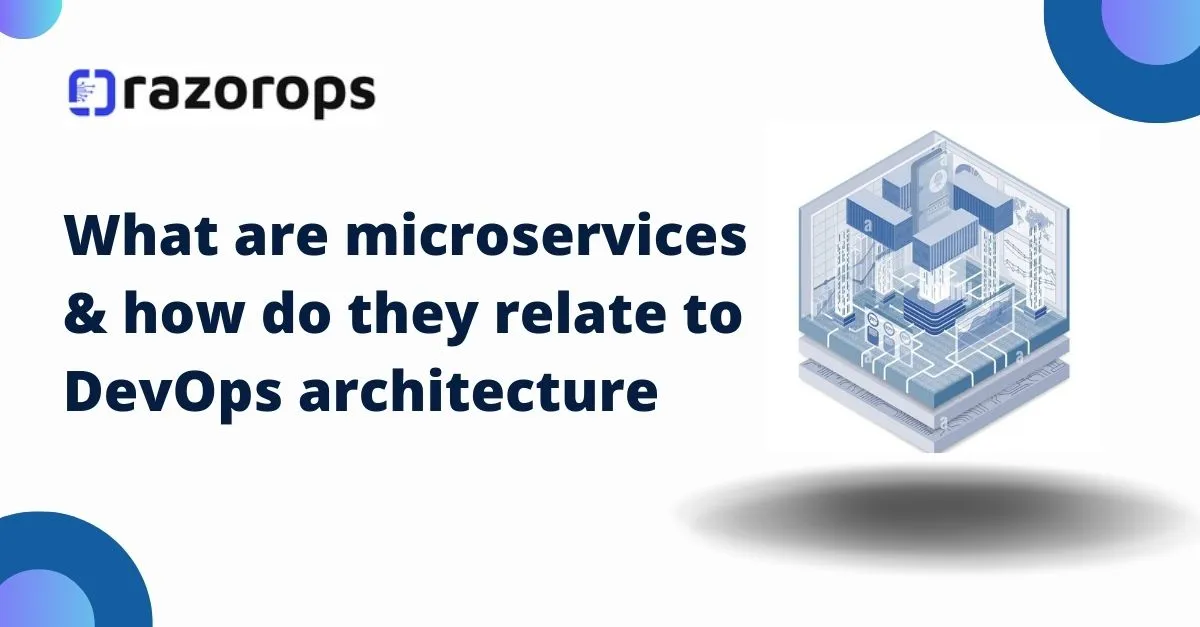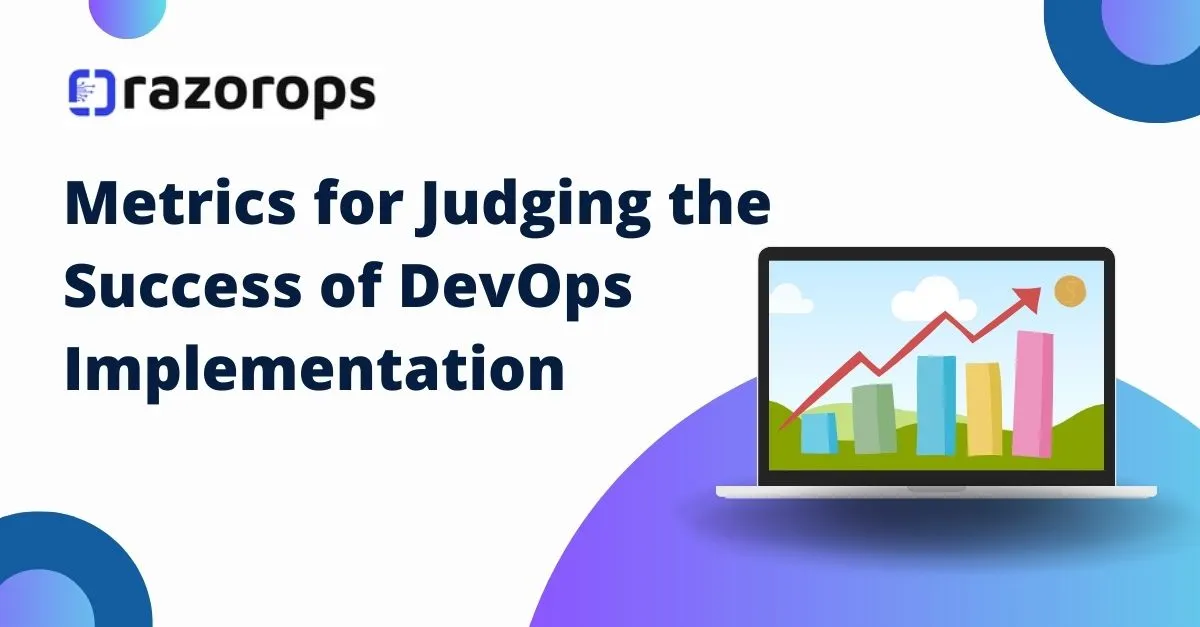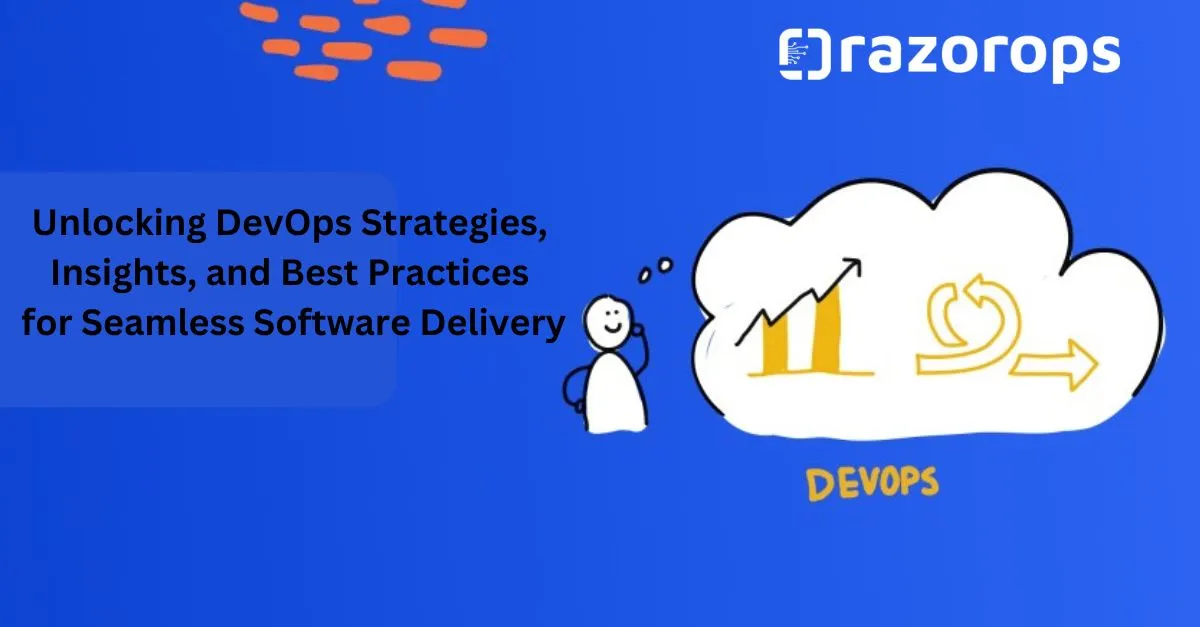How to Streamline Your Deployment Pipeline A DevOps Journey

In the fast-paced world of software development, efficiency is key. One of the most critical aspects of ensuring smooth and reliable software delivery is streamlining your deployment pipeline. A well-optimized deployment pipeline not only saves time and resources but also enhances the overall quality of your product. Let’s embark on a DevOps journey to explore how you can streamline your deployment pipeline effectively.
Understanding the Deployment Pipeline
Before diving into optimization strategies, it’s crucial to understand what a deployment pipeline entails. Essentially, a deployment pipeline is a series of automated steps that software code goes through from development to production. This includes building, testing, and deploying the application.
Identify Bottlenecks and Pain Points
The first step in streamlining your deployment pipeline is identifying bottlenecks and pain points. These could be anything from slow build times and manual testing processes to lack of automation and communication gaps between teams. Conduct a thorough analysis to pinpoint areas that are causing delays or inefficiencies.
Embrace Continuous Integration (CI) and Continuous Deployment (CD)
Implementing CI/CD practices is fundamental to streamlining your deployment pipeline. Continuous Integration involves automatically merging code changes into a shared repository multiple times a day, ensuring that conflicts are detected early. Continuous Deployment takes this a step further by automating the deployment process, enabling rapid and frequent releases.
Automate Testing Processes
Manual testing can be time-consuming and error-prone. By automating testing processes, you can significantly reduce the time it takes to validate code changes. Utilize tools for unit testing, integration testing, regression testing, and performance testing to ensure comprehensive test coverage without manual intervention.
Implement Infrastructure as Code (IaC)
Infrastructure as Code (IaC) is a key principle in DevOps that involves managing and provisioning infrastructure through code rather than manual processes. By defining your infrastructure in code, you can easily replicate environments, reduce configuration errors, and achieve consistency across deployments.
Monitor and Measure Performance
Continuous monitoring and performance measurement are essential for identifying issues proactively and optimizing your deployment pipeline further. Utilize monitoring tools to track key metrics such as build times, deployment frequency, error rates, and resource utilization. Use this data to identify areas for improvement and make data-driven decisions.
Foster Collaboration and Communication
Effective collaboration and communication between development, operations, and quality assurance teams are crucial for streamlining the deployment pipeline. Foster a culture of transparency, shared responsibility, and feedback loops to ensure everyone is aligned towards common goals and can work together seamlessly.
Continuously Iterate and Improve
DevOps is all about continuous improvement. Encourage a culture of experimentation, learning from failures, and iterating on processes. Solicit feedback from team members regularly, conduct retrospective meetings to reflect on what’s working well and what can be improved, and implement changes iteratively.
Streamlining your deployment pipeline is not a one-time effort but an ongoing journey. By embracing DevOps principles, leveraging automation, fostering collaboration, and continuously iterating and improving, you can create a deployment pipeline that is efficient, reliable, and scalable.
Start your DevOps journey today and unlock the full potential of your software delivery process.
Ready to see our product RazorOps CI/CD in action? Sign up for a Free trial today!










